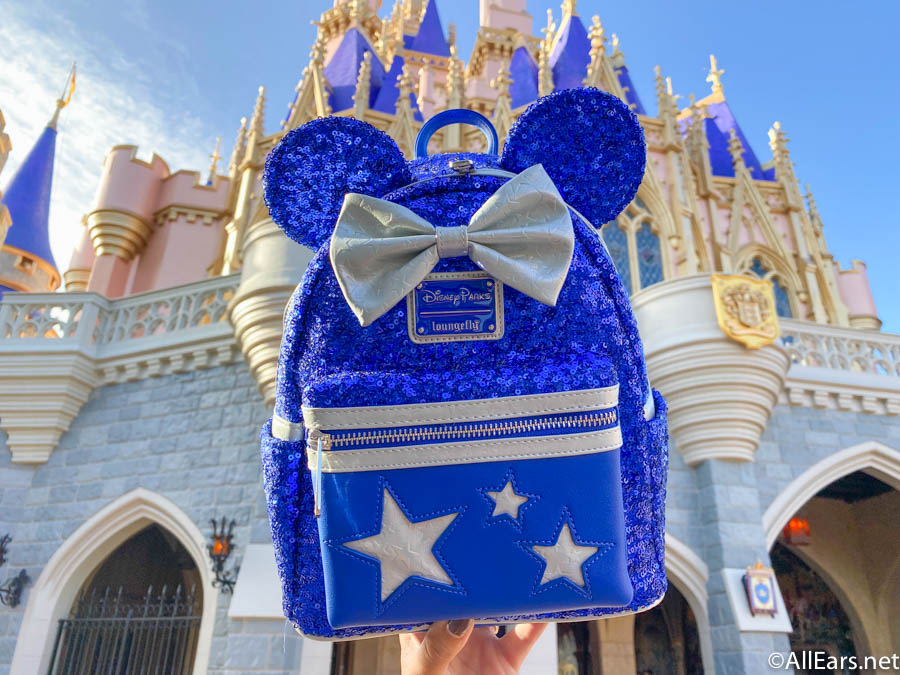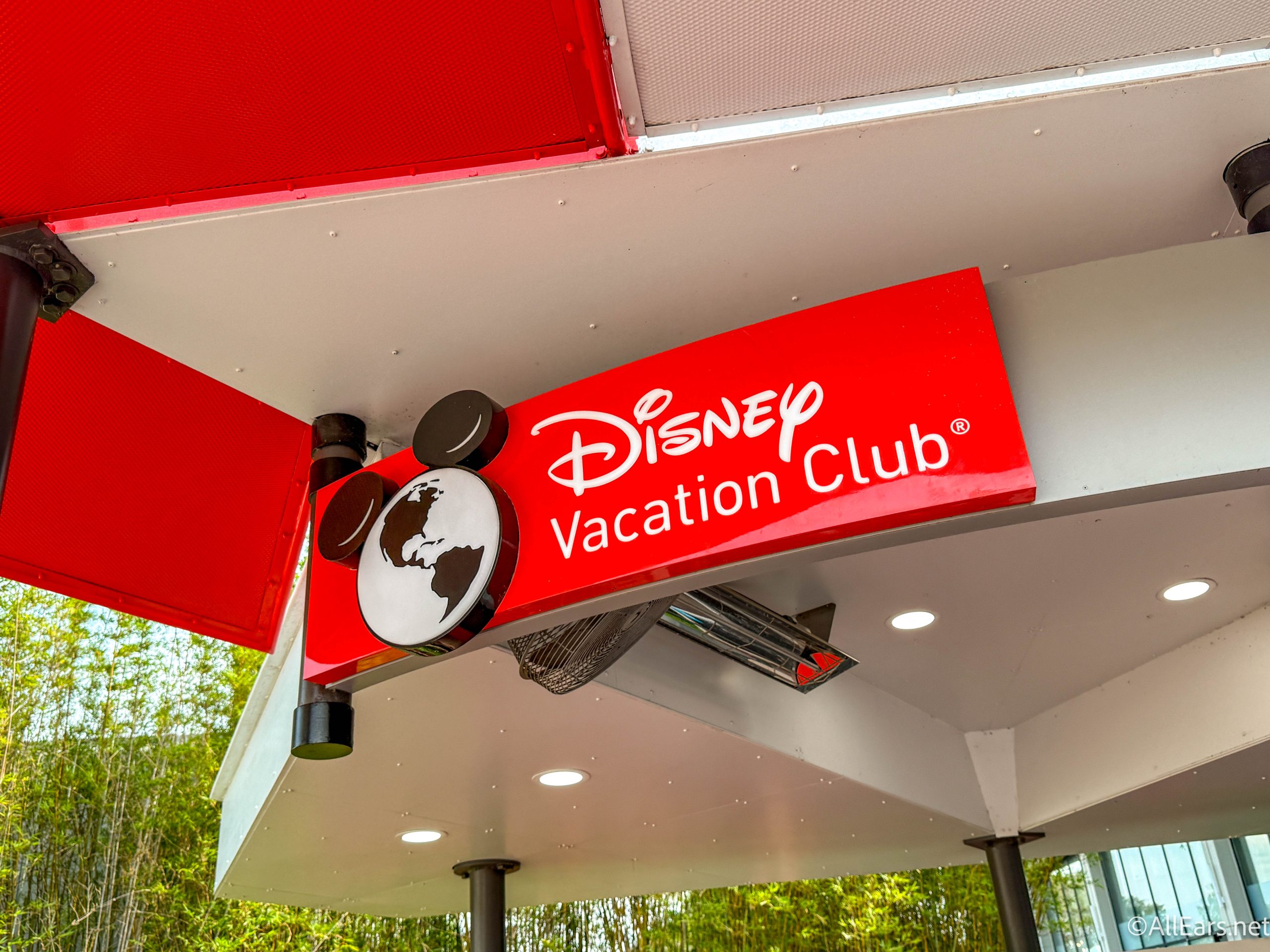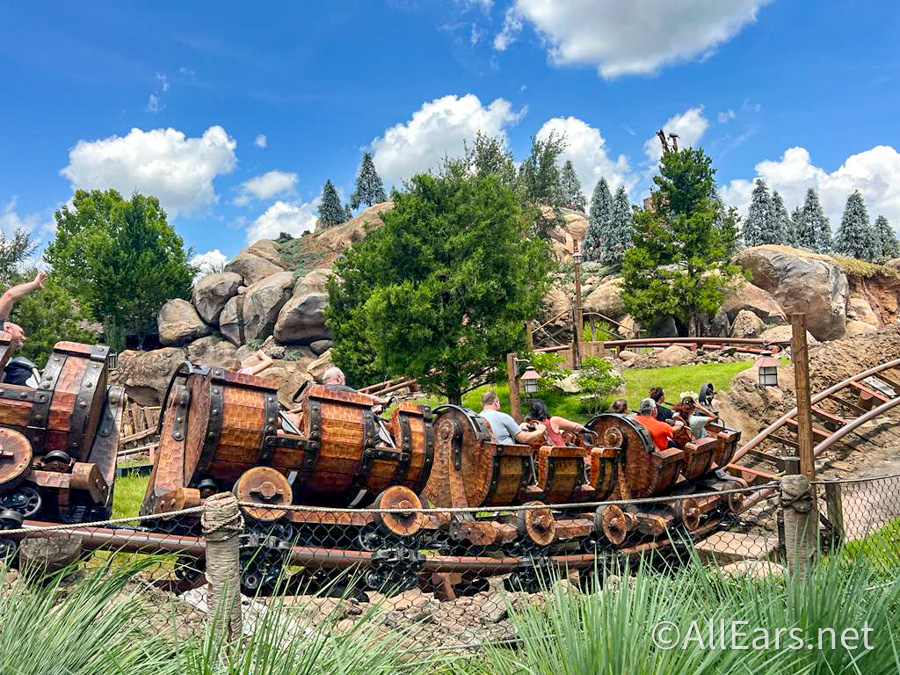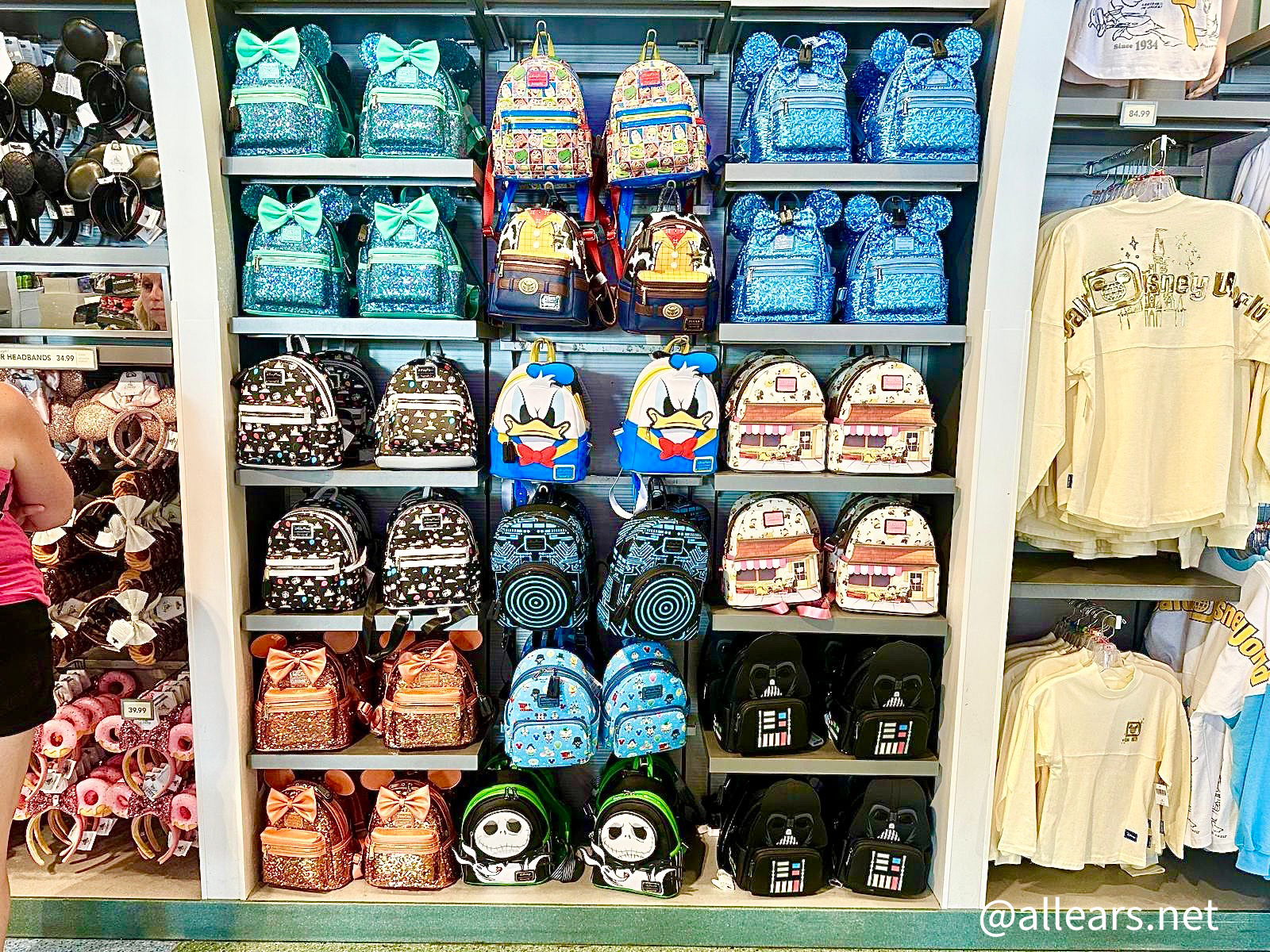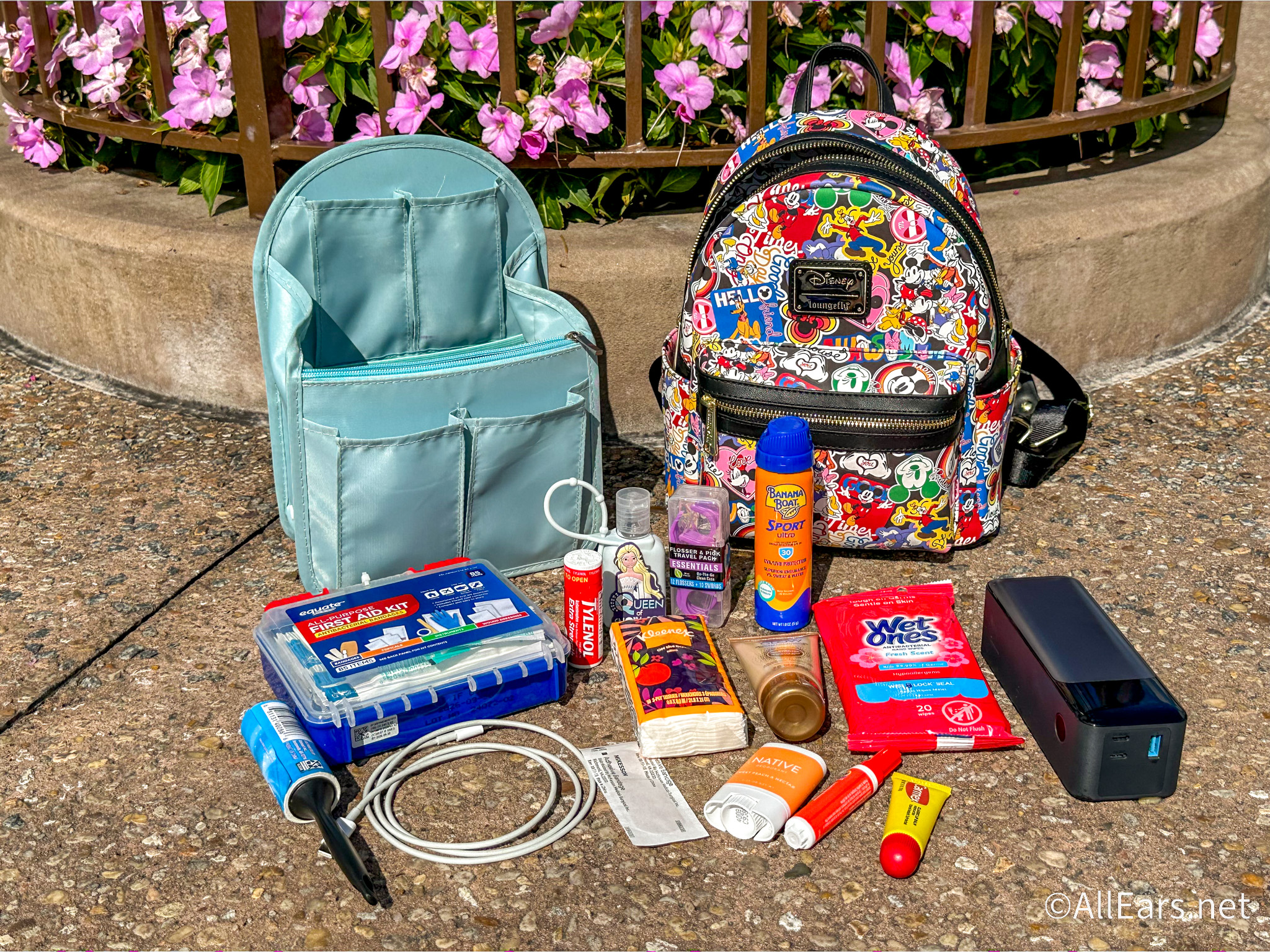Walt Disney World Chronicles: College and International Programs: Reflections on the First Twenty Years
by
Jim Korkis
Feature Article
This article appeared in the July 6, 2021 (#1144) edition of ALL EARS®
Editor’s Note: This story/information was accurate when it was published. Please be sure to confirm all current rates, information and other details before planning your trip.
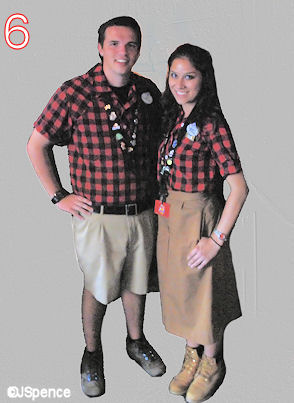
Because of the pandemic and the closing of the Disney theme parks, College and International Programs were suspended in March 2020 with participants required to leave housing by March 18, 2020.
Even when Disney World reopened on a limited basis, the program remained paused with positions in World Showcase being filled by domestic cast members.
One of the many roles I did at Walt Disney World was as a coordinator with CIPO (College and International Programs). It was certainly one of the most challenging positions I held with the Walt Disney World Company.
Coordinators were responsible for many things including picking up international cast members from the airport, getting them settled into their accommodations at their housing complex, taking them to Wal-Mart for the first time and more.
One of my particular responsibilities was instructing classes including teaching ESOL classes for the Mitsukoshi students working in the Japan pavilion and facilitating Cultural Immersion orientation classes that emphasized the differences in cultures and how to get along with roommates from a different culture.
I saw firsthand several times how if a student was involved with theft, alcohol, drugs or sexual shenanigans that, in just a few short hours, they could be terminated by Disney, completely packed up from a housing complex, and put on a plane.
At Disney’s urging, the U.S. State Department developed a new Q1 visa, also known as the “Mickey Mouse Visa,” to make it possible for first- and second-generation people from other countries to work in the World Showcase.
Unlike a student visa, the Q1 visa (valid for 15 months but Disney’s program is only a yearlong) allows recipients to work while maintaining elements of a cultural exchange program, “for the purpose of providing practical training, employment, and the sharing of the history, culture, and traditions of the alien’s home country,” according to the State Department.
There were restrictions so Disney couldn’t send one of those cast members over to the Magic Kingdom to sell Mickey Mouse ice cream bars, because they were not representing their country by doing so. They had to be in their native costume and in their pavilion, although there were exceptions, like special events.
Disney Legend Bill “Sully” Sullivan told me, “College and International Programs was something set out by the boss [Walt Disney]. He had a great respect for young people and other cultures. He was a big part of (President) Eisenhower’s People to People program meant to bring better international understanding and friendship.
“In the beginning, they all lived in the Snow White Village Campground, which was an off-property mobile home park in Kissimmee off of 1-92 near the bottom of where 535 dead-ends, and they all became good friends. At the graduation each year, they would go home, and they had developed friendships that lasted a lifetime. It was a great program.”
In order to provide housing for the students, Disney found an abandoned trailer park in Kissimmee and had the trailers removed since they were falling apart. Disney had 32 new specially-designed trailers (to hold several students in each trailer) put in the location that Disney had rehabbed with a swimming pool and recreation center. It was called Snow White Village.
A shuttle, on a regular schedule, would take students from the site to the Magic Kingdom to work and later Epcot when it opened. Snow White Village also had full-time Disney security guards in place to keep an eye on things. The increasing overflow of students was housed in the Lake Vista Village apartments.
Vista Way apartments, closer to the parks, was more permanent housing and was built and opened in 1988 followed by other additional housing complexes like The Commons (1998), Chatham Square (2000), and Patterson Court (2008).
As early as 1970, Disney had begun partnering with universities to hire small groups of students who would do a semester of work in the summer (the peak season for guests) in exchange for a semester of college credit, as long as the type of work was related to the students’ area of studies. It was originally called the Magic Kingdom College Program.
Doing custodial or food and beverage or whatever roles were broadly presented as being part of learning Disney management and “how Disney does it.” Basically, the premise was that a person learns about a company by starting at the bottom to observe how things operate.
To make this claim more realistic, special classes on Disney management some of which I taught were offered to the students in addition to their work schedules, so it was easier to justify that it was all part of learning the business.
The program was so popular, and the slots so limited, that Disney accepted only five students from every 300 applicants from colleges. To take advantage of more of these potential cast members, Disney then set up in the early 1980s three separate programs for college students: three months in the spring, summer or fall.
One of my responsibilities at CIPO was to put together a rough historical outline for the program to be used as a guide for publicity, classes, and articles. I am just including the first twenty years of that guide. I doubt whether the Walt Disney Company still has my complete outline or ever tried to update it.
The history of the Walt Disney World College and International Program is more complex and convoluted (and colorful) than presented in this brief glimpse.
The Walt Disney World College and International Programs Timeline
Spring 1980
To explore the possibility of hiring students for the summer of 1980, College Recruiting visits the University of Alabama, University of Georgia, and University of North Carolina – Chapel Hill. The success of these trips proves that college students are open to working at the Walt Disney World Resort, and Career Services offices support the program. College Recruiting hires 250 students, who live off property during the summer.
Fall 1980
College Recruiting visits about 30 universities and community colleges east of the Mississippi River to discuss components of the College Program that would be necessary to effectively market the program to Career Services and students.
Spring 1981
College Recruiting takes the first official trips to recruit for the summer 1981 Magic Kingdom College Program and hires 248 students (two students weren’t able to accept their invitation) from 43 schools. The students live at Snow White Village Campground in Kissimmee.
1981
The College Program introduces 11 non-credited classroom sessions called Leisure Time Business Management Studies to the program. College Recruiting takes its first official trips to recruit for the spring 1982 Magic Kingdom College Program. This is the first non-summer recruiting effort, and College Recruiting visits 63 schools.
1982
The International Program begins with 90 Fellowship students, in conjunction with the opening of the eight foreign World Showcase pavilions at Epcot. The first International Recruiting trip goes to Europe (six recruiters for two weeks in four countries). Walt Disney World Company successfully applies for a second J-1 Visa which authorizes the Cultural Representative Program.
1983
International Recruitment makes its first trip to Mexico, Canada, Hong Kong, Japan, and China. More than 200 Cultural Representatives arrive on the one-year J-1 visa.
1984
The Magic Kingdom College Program officially changes its name to the Walt Disney World College Program and places students at Epcot for the first time. International Recruitment staffs the opening of the Morocco pavilion for the arrival of 60 candidates.
1986
Recruiting for the International Hospitality Program begins.
1987
The International Hospitality Program begins with six arrivals from The Hague School in the Netherlands.
1988
Vista Way Apartments opens and becomes the home to all College Program and International Program Cast Members. Price Management (formerly known as Epoch Management) runs the complex. International Recruitment staffs the opening of the Norway Pavilion with the arrival of 150 candidates.
1989
College Recruiting begins traveling nationwide to meet its increased hiring goal of 1,000 for the summer of 1989. International Recruitment begins the International Culinary Program by hiring authentic chefs for the Norway Pavilion.
1991
International Recruitment assists with the recruitment of cowboys and Native Americans for Buffalo Bill’s Wild West Show at Disneyland Paris Resort.
1992
International Recruitment implements the Q-1 Visa for the Cultural Representative Program. College Recruiting begins hiring students for Advanced Internships as part of the College Program.
1994
The College Program enhances the education component of the program by adding four core classes and three specialized courses: Theme Park Management, Resort Management and Human Resource Management.
1996
The College Program adds seven core business seminars addressing management issues. The Learning experience also included an independent study program utilizing Centers of Excellence resources. (Centers of Excellence later became the Disney Learning Centers.) International Recruitment begins the International Management Program with the arrival of four candidates.
1997
International Recruitment initiates the Brazil Summer program with the arrival of 33 candidates. A third party comprised of College Program alumni coordinates the first College Program Reunion. The event, held on Walt Disney World property, celebrates 15 years of the program.
1998
The Commons apartment complex opens. International Recruitment staffs the Village of Harambe at Disney’s Animal Kingdom Theme Park with the arrival of 80 candidates from sub-Saharan Africa.
1999
International Recruitment staffs the Millennium Village with 200 candidates from 50 countries. International Recruitment staffs the Village of Anandapur with the arrival of 50 candidates from Nepal, India, Thailand, and Indonesia. The College Program debuts on the World Wide Web! The program’s official Web site, wdwcollegeprogram.com, goes online and allows recruiters to make real-time presentation, schedule updates, and applicants to submit online applications.
2000
Chatham Square apartment complex opens. The College Program introduces seven academic-level courses recommended for credit by the American Council on Education. These courses include Communications, Experiential Learning, Human Resource Management, Organizational Leadership, Practicum, Hospitality Management, and a Leadership Speaker’s Series.


